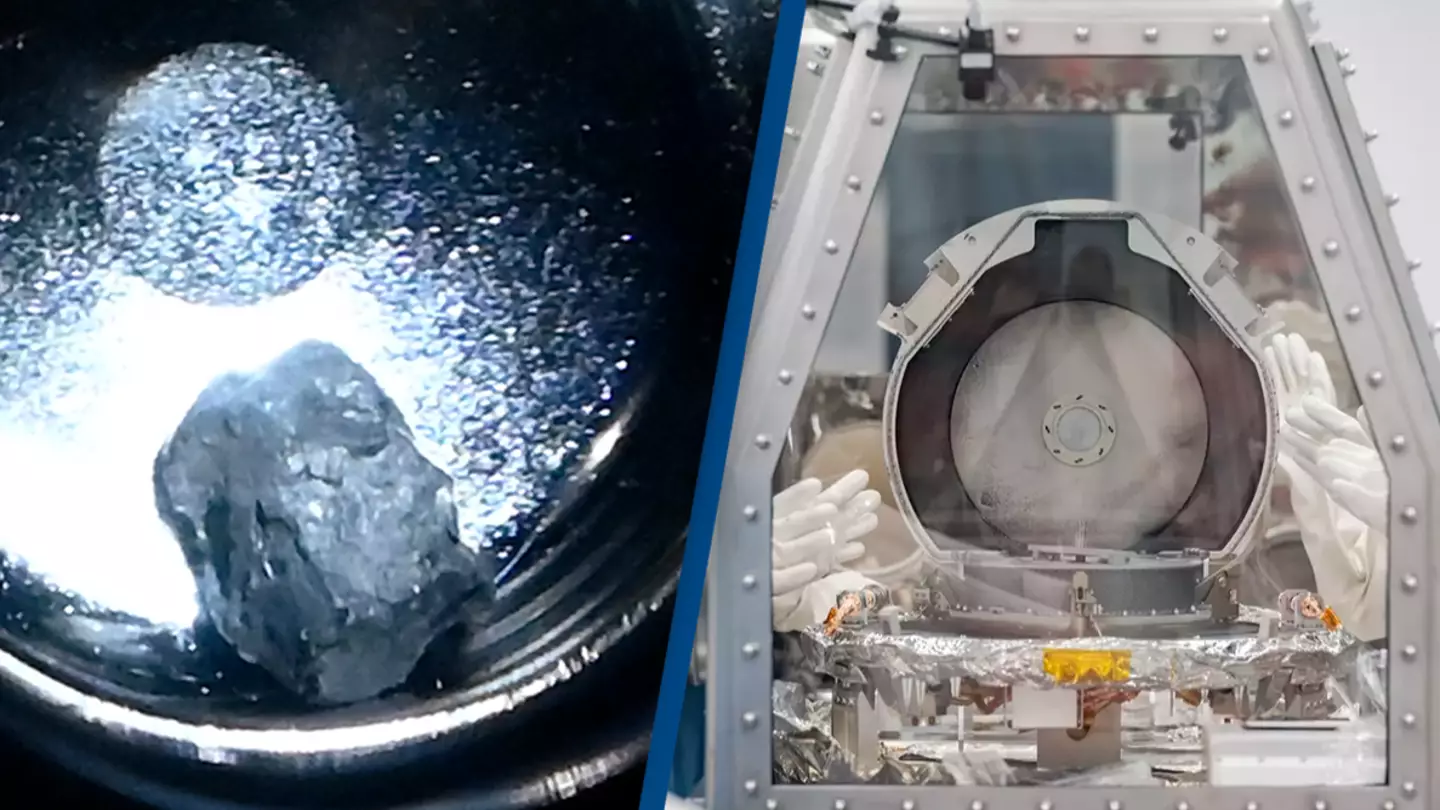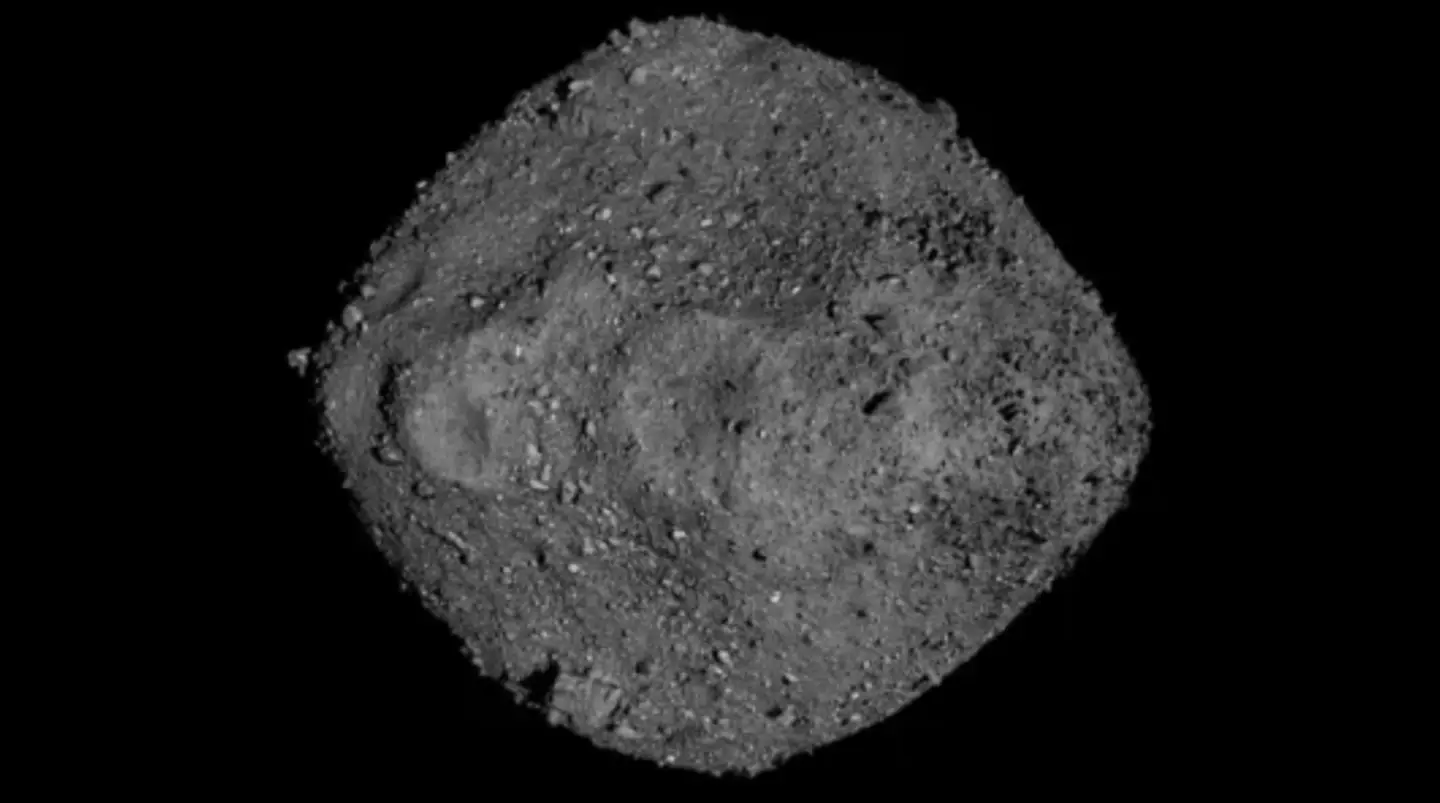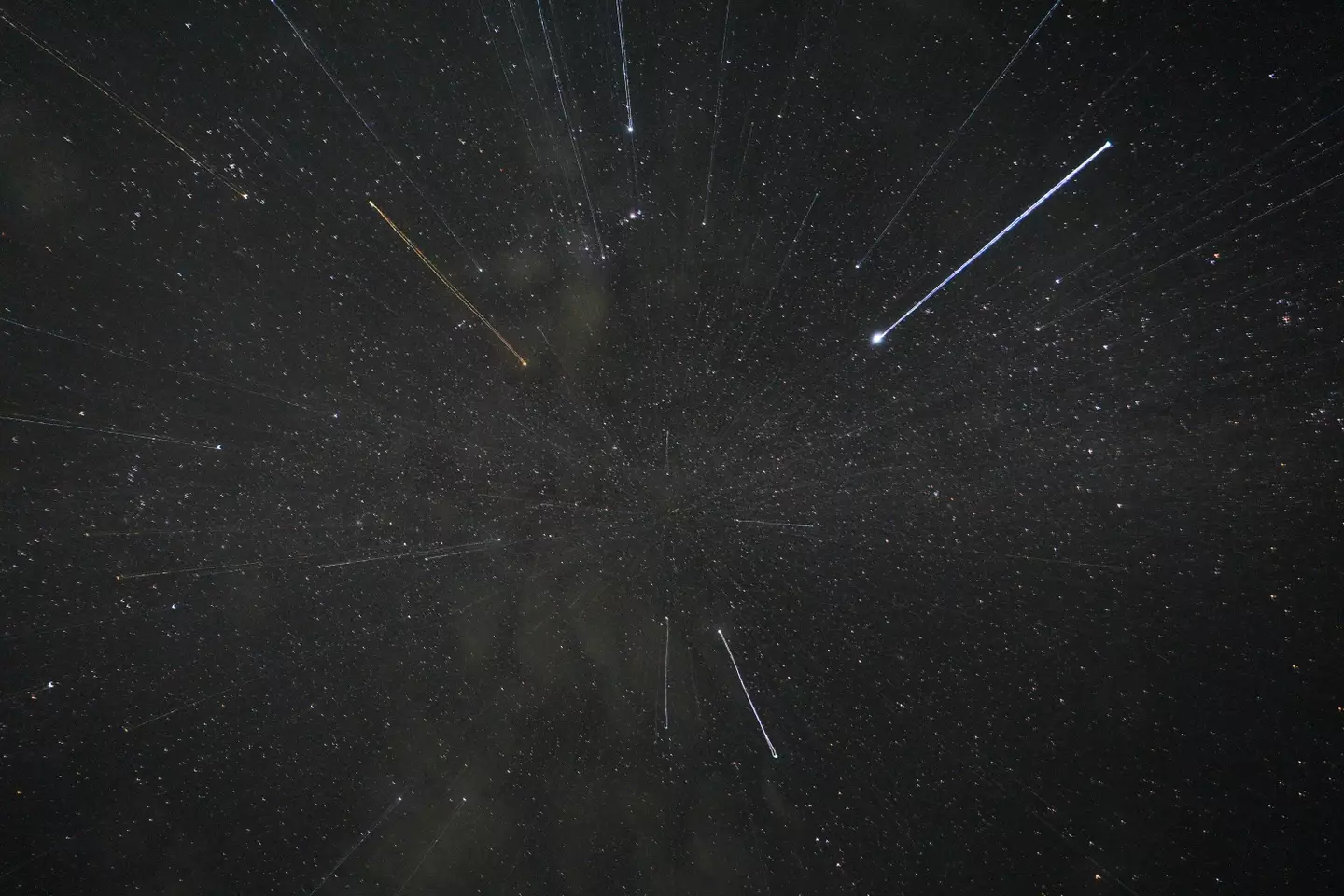
NASA opened up a capsule containing an $1,000,000,000 asteroid sample - and what they discovered was pretty remarkable.
On a mission estimated by the Planetary Society to have cost $1.16 billion, the NASA probe spent time orbiting the asteroid and mapping out its surface.
It then landed on the Bennu asteroid and took samples before successfully returning with the priceless cargo.
However, it wasn't all plain sailing as experts had trouble getting into the capsule from the OSIRIS-REx probe when the lid bolts became stuck.
Advert
Scientists had to follow strict guidelines on opening the capsule because of its special design.
This was completely sterile to protect the integrity of the capsule and its contents and allow scientists to get as clear a picture as possible.
But not being to bring in certain tools left scientists in a bit of a pickle as the bolts holding the lid together had gotten stuck.
And they couldn't just go and open it with whatever was lying around either.
To get around the problem they spent weeks designing and building brand new multi-part tools to allow them to get into their own capsule.
It wasn't until three months later that the capsule was finally opened and scientists could begin examining the contents.

The team began working on the full disassembly of the Touch-and-Go Sample Acquisition Mechanism (TAGSAM).
Once completed, this would reveal the rocks and dust that the sample return mission brought back with it.
Eileen Stansbery, a division chief at the Johnson Space Centre, said: "Our engineers and scientists have worked tirelessly behind the scenes for months to not only process the more than 70g of material we were able to access previously, but also design, develop, and test new tools that allowed us to move past this hurdle.
"The innovation and dedication of this team has been remarkable. We are all excited to see the remaining treasure OSIRIS-REx holds."
And treasure it is indeed - as NASA scientists 'gasped' when the contents were revealed.

According to Astronomy.com, the first analysis of the sample showed Bennu had no definitive chondrules - meaning that water had once flowed through the asteroid.
Sara Russell, a meteorite researcher at the Natural History Museum in London, said: "The aqueous alteration would have destroyed the chondrules it may have had.”
However, Russell's team did discover that the sample did contain some chondrules, which either could be from another rock or have escaped after being altered by the water.
If the materials turn out to be chondrules, then it indicates that asteroid population spans a wider variety than previously thought.
"What we are learning from Ryugu and Bennu is that there are lots of asteroids out there that are similar, but don’t exactly match the meteorites in our collections,." Russell says.
For now, the materials are regarded as chondrule-like-objects.
